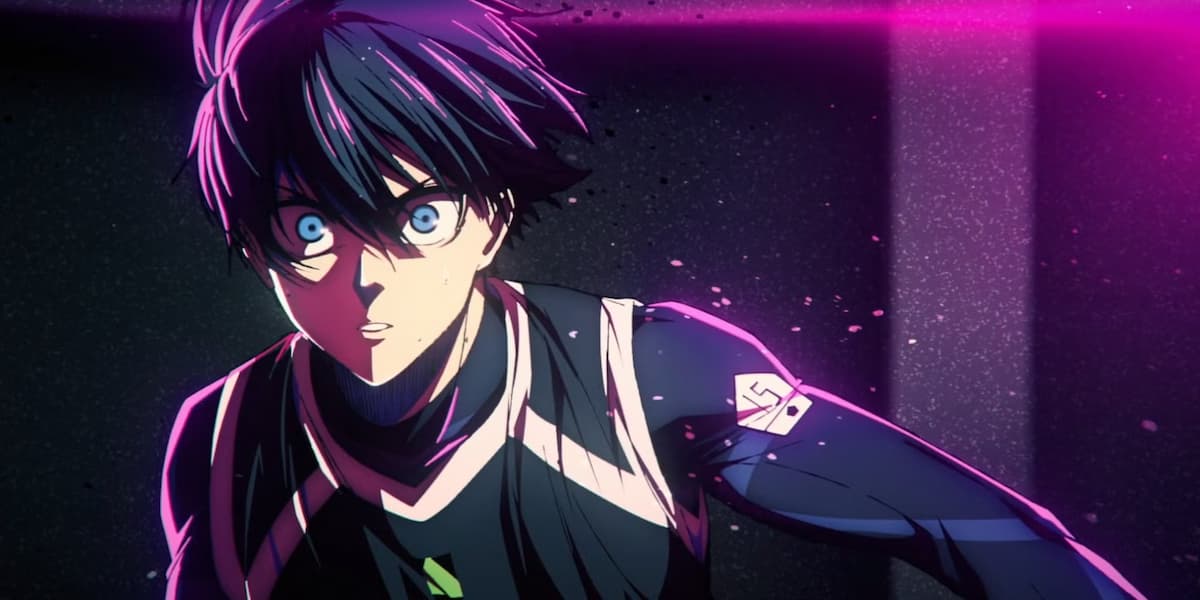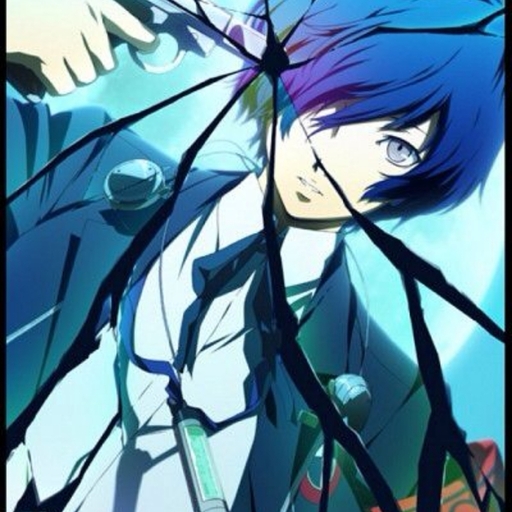After six years, Jujutsu Kaisen has finally come to an end. While some people may look back fondly at how the series ended, I only have one final thought – I wish it were better.
That’s not to say that the ending itself is unsatisfying. Of course, not every ending will be perfect and I think that Jujutsu Kaisen’s ending is perfectly fine. It does leave several unanswered questions (seriously, what was Uraume’s deal?), but as far as endings go, it could have been worse. Rushed, yes, but not bad. At the very least, people will probably like it more than the mess it took for us to get to it.
For a series that started off decently and then slowly got better and better with each arc, there should have been a natural crescendo into an unforgettable climax. Instead, after the “Shibuya Incident Arc,” I found that the series lost a lot of what made it work so well, replacing it with some of its worst attributes and leading to some long and drawn-out sequences that ultimately brought down my enthusiasm week after week. For full transparency, I started reading the manga around the time Jujutsu Kaisen 0 was released, then dropped off hard once the series reached the bulk of what is, in my opinion, the series’ worst arc – the “Culling Game Arc”.

For those who are anime-only viewers, the Culling Game was the next major arc following the Shibuya Incident wherein Kenjaku/Geto attempted their goal of forcing humanity to evolve by instituting a massive, countrywide battle royale in which Jujutsu sorcerers from both the past and the present fight against each other to generate enough cursed energy to forcibly evolve humanity by exposing them to such a massive amount of cursed energy. While that may be Kenjaku’s goal, our heroes, Yuji, Megumi, and Yuta, had three goals – freeing Gojo from Kenjaku’s prison realm, ensuring that Kenjaku doesn’t take control of Tengen, thereby allowing him to effectively become a god, and make sure that Megumi’s stepsister Tsumiki doesn’t die in the games.
There’s a lot that’s going on in this arc, even if you’re solely looking at the general plot. The Culling Game isn’t the first battle royale arc in an anime, nor will it be the last, but it’s one that’s both incredibly overcomplicated and yet lacks a lot of key information to keep people invested. I know that trying to actually explain the logic and power of Jujutsu Kaisen is intentionally hard to follow, but even within the context of the series, the Culling Game is too convoluted for its own good.
At the end of the day, the narrative purpose of the Culling Game is meant to be a fight spectacle. Jujutsu Kaisen is an action series after all, so orchestrating fight scenes is meant to be the name of the game. In fact, earlier arcs in the series were intentionally designed to be that way. The “Kyoto Goodwill Event Arc”, which saw the two branches of Jujutsu High meet and fight each other was a clunky, yet effective way of forcing Yuji, Megumi, and Nobara to fight a bunch of new faces with new abilities. Then the stakes escalated when the actual bad guys showed up and everyone had to put their differences aside to survive. It was blatant, but it led to some great fight scenes and character moments. Here, the series couldn’t be more blatant in how it’s trying to force its characters to fight and how characterization takes a backseat to the action.

That isn’t always such a bad thing though. One of my favorite arcs in anime/manga history, Yu Yu Hakusho’s “Dark Tournament Arc” does the exact same thing. It forces our heroes into a conflict that is blatantly about generating fights for viewers to fawn over, but it was structured in a way that felt different from the manga’s earlier arcs and presents a final foe early on that was seemingly impossible to defeat. But the first biggest issue that I have with the Culling Game is that we just had an arc like it – the Shibuya Incident. That arc was chock-full of fight scenes as the Jujutsu sorcerers fought against Kenjaku and his armada of allies, which generated some pretty awesome battles, fights that undeniably changed the series, and presented its fights in a way where the stakes were palpable. So when Jujutsu Kaisen decided to repeat this general concept again in a much more inorganic way, it didn’t have as much of an impact.
But then you start to actually look into the minutia of how the Culling Game functions and it becomes a borderline incoherent mess to follow. Kenjaku institutes intentionally complex rules that make it hard to follow what his actual purpose is, but that still leaves us with a game with rules and a premise that is just too complicated. There’s a complex system explaining how sorcerers can earn points, who is or isn’t allowed to play, and that’s not even getting into how new rules are added the longer the games go on, making things even more of a tangled mess.
And the Game goes on for a long time. It’s quite literally the longest arc in the series, lasting 63 chapters. For comparison’s sake, the Shibuya Incident was the second longest arc, lasting 58 chapters. So we’re left with fight after fight after fight with barely any time to breathe. And the participants in these fights are almost entirely new characters we’ve never seen before. There are approximately 20 new characters introduced in this arc, with a lot of them having a significant impact on the arc’s plot, only to never be seen again. Some of them are humans that were given Cursed Energy and can now fight, while several of them are revived Jujustu sorcerers from throughout history, each with their own reason for fighting. Why they all agree to the Culling Games is never fully explained however, giving us yet another example of why these conflicts all feel so forced.

But the biggest problem of the arc, and to a lesser extent the arc after this, the “Shinjuku Showdown Arc”, is that after the Shibuya Incident Arc, the series didn’t really know what to do with its cast. Gojo was trapped, Nobara was out of commission, plenty of notable side characters were dead, and the series began to introduce new characters to try and fill the void. Everyone outside of Yuji, Megumi, and Yuta ultimately didn’t matter by the end of the series and the Culling Game was the arc that began their obsolescence. It’s almost as if the Shibuya Incident was too climactic because now the Culling Game had to try and pick up the pieces after it and start something new. Even then, all of these concepts and characters aim to do one thing – tide people over until the return of Gojo. That didn’t really amount to much at the very end given how he was killed against Sukuna, but at the very least, there was the promise of returning to an old status quo at the end of the Culling Game. In other words, Gege Akutami played his hand too early and tried to string readers along to get back what they lost.
And yeah, if you’re just looking at it from the perspective of an action manga, the fights are plentiful and will surely look great in the upcoming third season. But they also lack the emotional depth that the series had cultivated from its earlier arcs. By the time we reached the final battle between Sukuna and literally everyone in the Shinjuku Showdown, the series felt like it had given up and resigned itself to being all about the fights and nothing else. The fight between Gojo and Sukuna is excellent, arguably the best fight in the series, but it’s also a moment wherein the series descends into a mad brawl where sorcerers show up, fight against Sukuna, lose, then wait for a new challenger to appear. Even though I wasn’t actively reading the manga by that point, I remember the memes surrounding how literally everyone and everyone in all of fiction was next to fight Sukuna because the fight just seemed to be neverending to the point of farce.
And those seeds were planted by the Culling Game. The series was now all about the fights and nothing else, or at least that’s how it came across to me. The logic doesn’t need to make sense about why they’re fighting or how these revived sorcerers could even exist. It’s all just to blatantly serve the need for Shonen action. And that’s fine, but the series also had a great cast of characters that just got drowned out in all the fighting. Yuji was never exciting, something even the author somewhat admits, so it fell on the supporting cast to do all of the heavy lifting. But when that supporting cast is replaced by people who don’t serve any purpose other than to be a new foe to fight or show off a cool new power, it diminishes their value significantly.

So while I am kind of satisfied with how Jujutsu Kaisen ended, I know it could have been better. Nobara returned, but she was absent for over a third of the series so her return is lessened. Sukuna is defeated, but after years of non-stop fighting between the Culling Games and the Shinjuku Showdown, most people are relieved he’s gone. It may be a bit too soon to really say if Jujutsu Kaisen was able to stick the landing as a series, but if people are going to criticize it and what the specific point it started to go off the rails was, I’m pretty sure most people will likely look to the confusing and convoluted mess that was the Culling Games Arc as the first and only answer.






Published: Sep 30, 2024 11:30 am